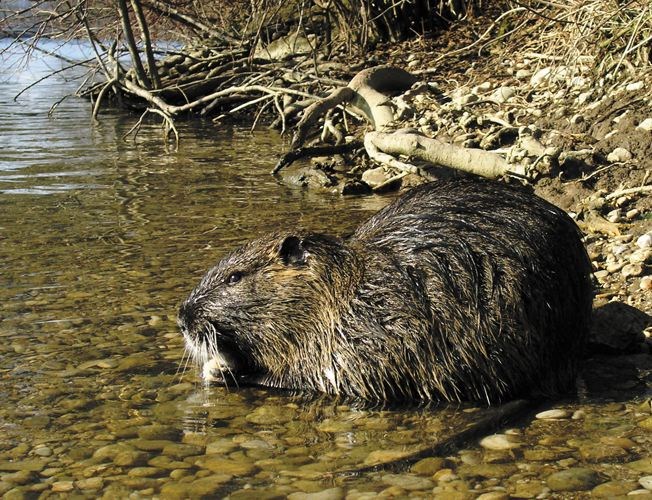This week in Prince George history, May 1-7:
May 3, 1921: With the help of a stool pigeon named Oscar Johnson, Prince George police arrested seven people connected to selling liquor in the town.
"In some cases Oscar bought his little drink, turned aside and expectorated it into a bottle, and took it away as evidence," The Citizen reported.
Most of the accused were alleged to be running "blind pigs" -illegal bars.
Two of the accused -J. Kelly and L. Ford - were in court on May 2, 1921 and were fined $300 and $325 respectively, plus $2.50 in court costs.
Kelly was convicted of selling liquor out of his George Street business, while Ford was fined for selling drinks and a take-away bottle out of his Third Avenue home.
Liquor and lawlessness was the topic of a special meeting of the city's police commissioners, The Citizen reported in a separate story on May 3, 1921.
Police Magistrate Daniell had sent the commissioners a letter complaining about the "admittedly unsatisfactory condition of affairs attending police court procedure in the city," The Citizen reported.
Mayor Wilson, one of the commissioners, "resented the inference of the magistrate that some part of the trouble might be found in the circumstance that the police chief was without much experience in the preparation and handling of evidence necessary to secure convictions."
Daniell, in his letter to the commission, said he could not convict someone under the Prohibition Act "upon the smell of a glass."
"Dealing with the matter of civic morals, the mayor said he had been assured the condition of the city was worse than it had ever been before," The Citizen reported. "Personally he did not believe this. But, if it were true, it was not the fault of the police.
"In his opinion the present chief (of police) was honest and graft-proof, but the people should not expect too much of the local force of two men," the report added.
The province's first Liberal government, led by Premier Harlan Brewster, introduced prohibition in B.C. in 1916. All Canadian provinces except Quebec introduced prohibition measures during the First World War. However the measure was unpopular and by 1920, voters rejected prohibition in a plebiscite and approved a government-controlled monopoly on alcohol sales. However, the system of government liquor stores wasn't to be put into effect until later in 1921, which is why the blind pigs were still flourishing in Prince George in May. B.C. was the first province to end prohibition and introduce government liquor stores.
May 7, 1931: The discovery of a strange animal in Pineview left local trappers and the curator of the Royal B.C. Museum stumped.
A.G. Mann found the animal while clearing a land on his property in Pineview.
"The animal could not run very fast on land, and Mann had little difficulty in capturing it," The Citizen reported. "He brought it to town in a box, and quartered it in F.D. Taylor's pool room in an effort to determine its classification and origin.
"The animal had something of the appearance of a small beaver, weighing between eight and 10 pounds, but instead of the beaver tail it had an appendage like that of the mink, and eight inches long. The length of its body was 18 inches, and it was covered with a fur of a dark brown colour, with a black stripe running down the centre of its back. To complete its contradictions, the animal had teeth like the beaver, with front feet semi-webbed and hind feet fully webbed."
"Every trapper in the city was induced to inspect the animal, but each declared it to be the first of the kind he had ever seen," The Citizen reported.
In an effort to solve the mystery, Taylor sent a letter to Francis Kermode, curator of the Royal B.C. Museum, with a description of the animal.
"... (It) was too much for Mr. Kermode and he admitted his inability to solve the riddle. He said the animal had some of the characteristics of a marmot, but others which put it out of that family altogether," The Citizen reported.
Mann had taken the animal back and turned it loose near a stream on his property, where he believed at least one more of the animals lived.
It's likely that Mann found a coypu (also known as a nutria), a beaver-like animal originally native to South America. The coypu was intentionally introduced to North America in California in 1899, and Louisiana in the 1930s, for trapping.
Since then, coypu have spread across North America as an invasive species and their current range does include southern B.C.
But what one would have been doing this far north in 1931 is anyone's guess.
And if you're wondering, yes, Kermode bears (also known as spirit bears) are named after Francis Kermode, who studied them extensively.
To explore 100 years of local history yourself, visit the Prince George Citizen archives online at: pgc.cc/20c5O7k. The Prince George Citizen online archives are maintained by the Prince George Public Library.



